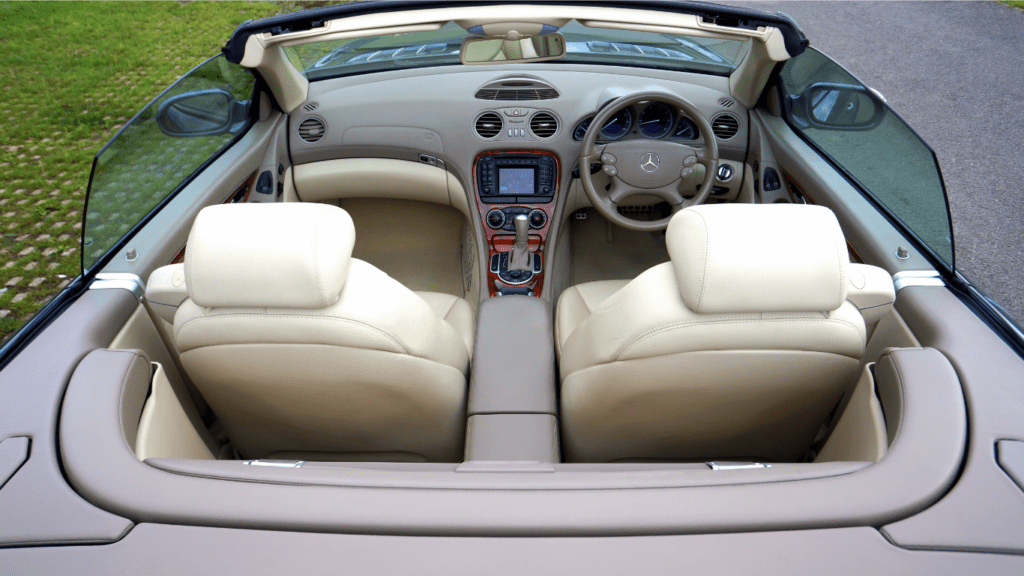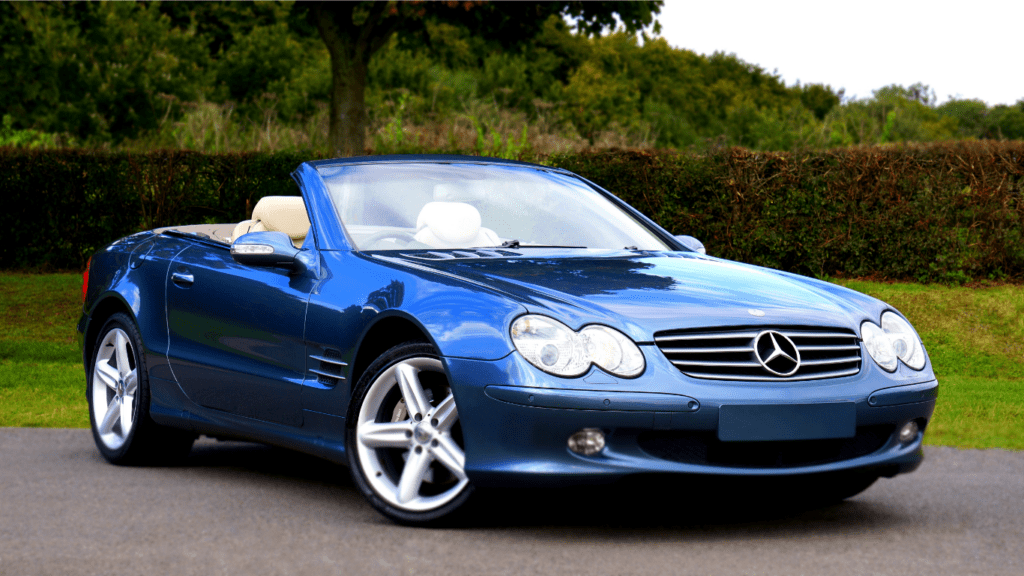Understanding Leasing
Leasing a vehicle involves entering a contract to use it for a specified period, often 24-36 months. In exchange, I make monthly payments based on the car’s depreciation, interest, and fees. Unlike buying, I don’t own the car at the end of the lease.
Key Terms
- Capitalized Cost: The car’s price at the lease start. For example, negotiation and incentives can reduce this cost.
- Residual Value: The car’s estimated value at lease end. Higher residual values lower monthly payments.
- Money Factor: Analogous to the interest rate in a loan, the lower the money factor, the less interest I pay.
- Lease Term: Length of the lease. Common terms are 24, 36, or 48 months.
Monthly Payments
Monthly payments consist of the car’s depreciation, interest, and fees. Depreciation is the capitalized cost minus the residual value. Interest is calculated using the money factor.
Mileage Limits
Leases often come with annual mileage limits, commonly 10,000 to 15,000 miles. Exceeding this limit incurs additional fees, often around $0.15 to $0.30 per mile. Setting a realistic mileage estimate helps avoid extra costs.
Maintenance and Wear
While leasing, I must maintain the car per the manufacturer’s guidelines. Excessive wear and tear can result in extra charges. Keeping the car in good condition prevents unexpected expenses.
End-of-Lease Options
At the lease end, I have three choices:
- Return: I return the car to the dealership.
- Buy: I can purchase the car at its residual value.
- Lease New: I can start a lease on a new vehicle.
Understanding leasing basics helps assess whether it’s the right choice for enjoying luxury cars without owning one.
Benefits of Leasing a Luxury Car
Leasing a luxury car offers several advantages that cater to different financial and lifestyle preferences. It’s a way to enjoy top-tier vehicles without the hassles of full ownership.
Lower Monthly Payments
Leasing a luxury car usually results in lower monthly payments compared to financing a purchase. This is because lease payments cover the car’s depreciation rather than its entire value. For example, a $60,000 luxury car might have a monthly lease payment of $700 versus a $1,000 loan payment. This makes driving an otherwise unaffordable car more financially accessible.
Access to Newer Models
Leasing allows me to drive the latest luxury car models every few years. Most lease terms last about 24 to 36 months, aligning with new model releases. Because leases last a few years, returning an old car and upgrading to a new one is easy. This means I can enjoy the latest technology, safety features, and design without long-term commitment.
Minimal Maintenance Worries
Luxury car leases typically include comprehensive warranty coverage, reducing maintenance worries. Manufacturers or dealerships often cover routine maintenance like oil changes and inspections. This ensures that my car stays in top condition without unexpected repair costs, contributing to a stress-free driving experience.
Drawbacks of Leasing a Luxury Car

Leasing a luxury car comes with several potential disadvantages. Understanding these drawbacks can help you make an informed decision.
Mileage Limits
Mileage limits are a significant drawback when leasing a luxury car. Most lease agreements specify a yearly mileage cap, often between 10,000 and 15,000 miles. Exceeding this limit can incur steep per-mile penalties. For example, if the excess mileage fee is $0.25 per mile and you exceed the limit by 3,000 miles, you’ll owe $750 at the end of the lease. These penalties can significantly increase the overall cost of leasing.
Lack of Ownership
Leasing means you’ll never actually own the car. Monthly payments contribute to the vehicle’s depreciation, not its ownership. When the lease ends, you have no asset to show for the money spent and must either start a new lease or purchase a vehicle. This can be particularly unsettling if you prefer owning assets or plan to build equity in your investments. The lack of ownership also means any custom modifications are typically not allowed.
Costly Lease-End Fees
Lease-end fees can add substantial costs. These include charges for excessive wear and tear, which are often more strictly defined in luxury car leases. A small scratch or a minor tire wear can result in hefty fees. Additionally, there may be a disposition fee for returning the car, usually ranging from $300 to $500. If you decide to buy out the lease, the buyout price might be higher than the car’s market value, making the option less attractive.
Understanding these drawbacks can guide you in assessing whether leasing a luxury car aligns with your financial and lifestyle goals.
Comparing Leasing vs. Buying
Evaluating whether to lease or buy a luxury car involves weighing several key factors. Consider financial implications and how each option aligns with your lifestyle and driving habits.
Financial Considerations
Leasing generally offers lower monthly payments compared to buying. Lessees pay for depreciation and interest, not the vehicle’s total cost. For instance, a luxury car with a $50,000 purchase price might have a $600 monthly lease payment versus an $800 finance payment over a similar term.
When buying, you build equity with each payment, eventually owning the car outright. However, down payments and interest rates can drive up initial and total costs. Leasing usually requires a smaller upfront payment, making it more accessible in the short term.
Consider end-of-lease fees, including wear-and-tear charges or excess mileage penalties that could add significant costs. Buying avoids these, but you may face higher maintenance expenses as the car ages.
Lifestyle and Usage
Leasing suits those who prefer driving newer models. Lease terms often last 24 to 36 months, letting you experience the latest features and technologies. For example, you can switch from a high-end sedan to a luxury SUV within a few years.
Mileage limits are a critical factor in leasing. Typical leases cap annual mileage at 10,000 to 15,000 miles. Exceeding this can incur substantial fees. If you travel frequently, buying may be more practical.
Owning provides the freedom to modify your vehicle and use it without restrictions. Leasing restricts modifications and often comes with usage guidelines. Assess if the flexibility of ownership aligns better with your driving habits and lifestyle needs.
Deciding between leasing and buying should factor in both financial and lifestyle considerations to ensure it meets your personal requirements.
Key Factors to Consider Before Leasing
Before deciding to lease a luxury car, understanding certain key factors can help navigate the complexities of the leasing process and make an informed decision.
Lease Terms and Conditions
Each lease agreement includes specific terms and conditions, defining how the lease operates. Lease terms generally span 24 to 36 months, while mileage limits often range from 10,000 to 15,000 miles annually. It’s essential to know that exceeding mileage limits incurs additional fees, adding to the overall cost. The lease contract also specifies conditions around wear and tear, requiring the vehicle to be maintained within provided guidelines to avoid extra charges.
Residual Value
Residual value represents the car’s estimated worth at lease end. A higher residual value facilitates lower monthly payments since depreciation is spread over a smaller amount. Manufacturers typically set this value, and cars with high residual values tend to have better lease deals. It’s critical to consider this value, as it influences buyout options and end-of-lease costs.
Manufacturer Incentives and Deals
Manufacturers often offer leasing incentives like reduced interest rates or cashback offers to make leases more attractive. These deals can significantly lower monthly payments or provide added benefits such as maintenance packages. By staying updated on these promotions, I can take advantage of the best offers and potentially reduce overall leasing costs.
Understanding these key factors is crucial for making an informed decision about leasing a luxury car.



 Head of Automotive Insights
Head of Automotive Insights
